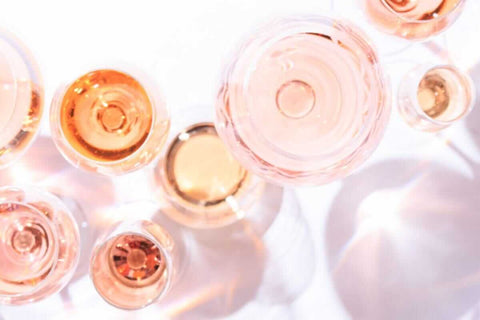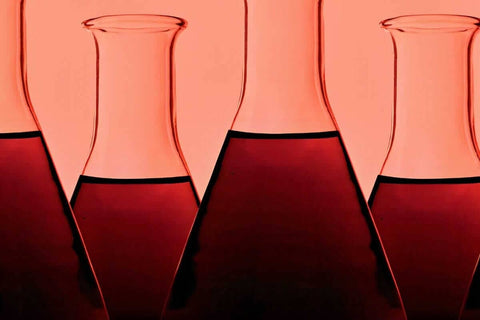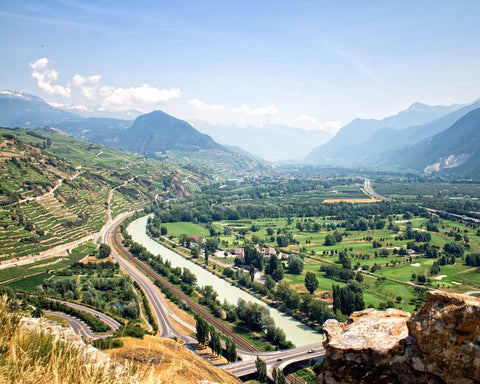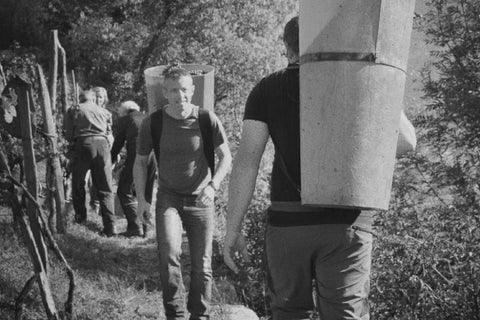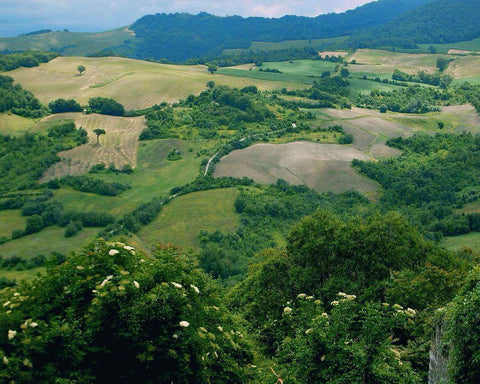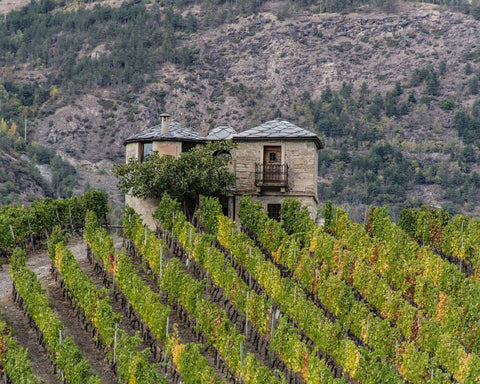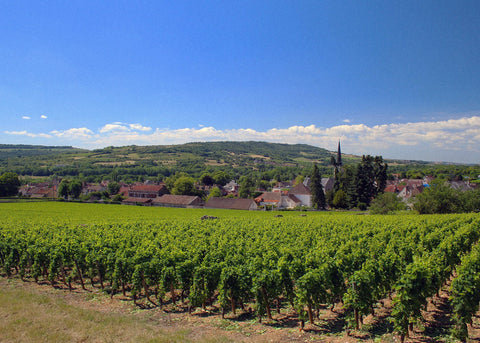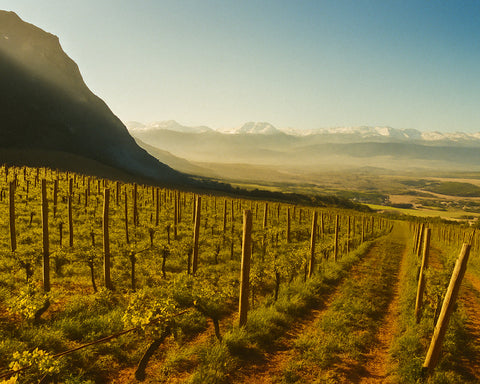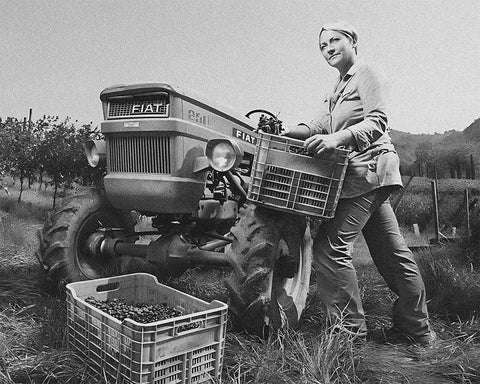The Saignée method, from the French word "saigner" meaning "to bleed," is a specialized winemaking technique primarily used in the production of rosé wines, but it also serves a dual purpose in the concentration of red wines. In this article we will try and explore some aspects of this technique, that some find controversial. These are the topics we will expand on:
- What is the purpose of saignée?
- What is the process involved?
- What are the most important aspects?
- What are the advantages of saignée?
- What are the critiques?
What is the purpose of saignée?
Rosé Production: The primary purpose of the Saignée method is to produce rosé wines with a distinct flavor profile compared to direct press rosés. Wines made with the Saignée method tend to me darker, bolder, and more savory than direct press and "assemblage" rosé wines (though this depends greatly on the producer, region, and grape varietal).
Concentration of Red Wines: As a byproduct, the Saignée method can also be used to intensify the color, flavor, and structure of red wines by reducing the juice-to-skin ratio in the fermentation vessel. This
What is the process involved?
Initial Maceration: After the grapes are harvested and destemmed, they are crushed, and the juice is allowed to macerate with the grape skins. This maceration period can last for several hours to a couple of days, depending on the desired color intensity and flavor extraction.
Bleeding Off: Once the desired color and flavor have been achieved, a portion of the free-run juice is "bled off" or drained away from the fermentation vessel. This juice, which is now pink in color, will be fermented separately to produce rosé wine.
Fermentation: The bled-off juice is then transferred to another fermentation vessel, often stainless steel tanks or neutral oak barrels, where it undergoes alcoholic fermentation. The absence of skins during this fermentation results in a wine with a lighter color and a different aromatic and flavor profile compared to red wines.
What are the most important aspects?
Grape Variety: The choice of grape variety plays a crucial role in the Saignée method. Grapes with thicker skins and higher anthocyanin content, like Grenache or Syrah, are often preferred for their color extraction capabilities.Maceration Time: The duration of maceration will influence the color, flavor, and aromatic compounds in the resulting rosé. Winemakers must monitor this closely to achieve the desired profile.
What are the advantages of saignée?
Flexibility: The Saignée method offers winemakers flexibility in determining the color and flavor profile of both their rosé and red wines.Quality: By concentrating the remaining must in the original fermentation vessel, the red wine produced can have a deeper color, richer flavor, and more structured tannins.
What are the critiques?
Some purists argue that the Saignée method produces rosés that are byproducts or afterthoughts of red wine production, rather than wines made with the primary intention of producing high-quality rosé. They believe that direct pressing, where grapes are grown and harvested specifically for rosé production, yields superior results.
I think these are borderline ridiculous critiques and that Saignée method is actually responsible for some incredibly expressive wines. In the natural wine world it's a method used by several well-respected natural winemakers who are able to produce wines of character using this very interesting and poorly understood technique.
